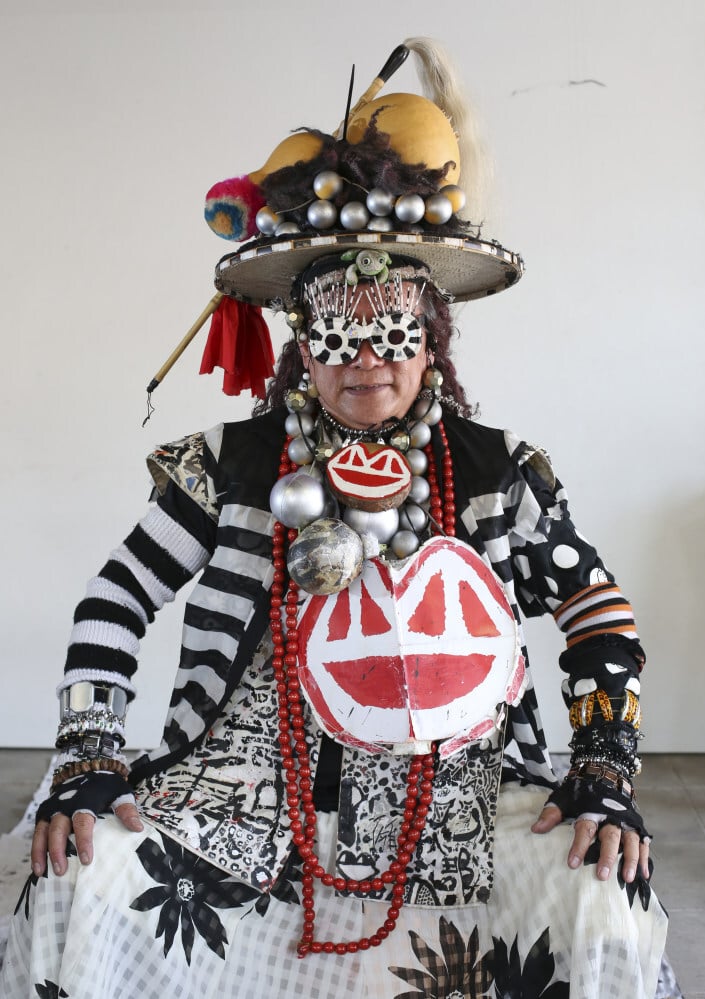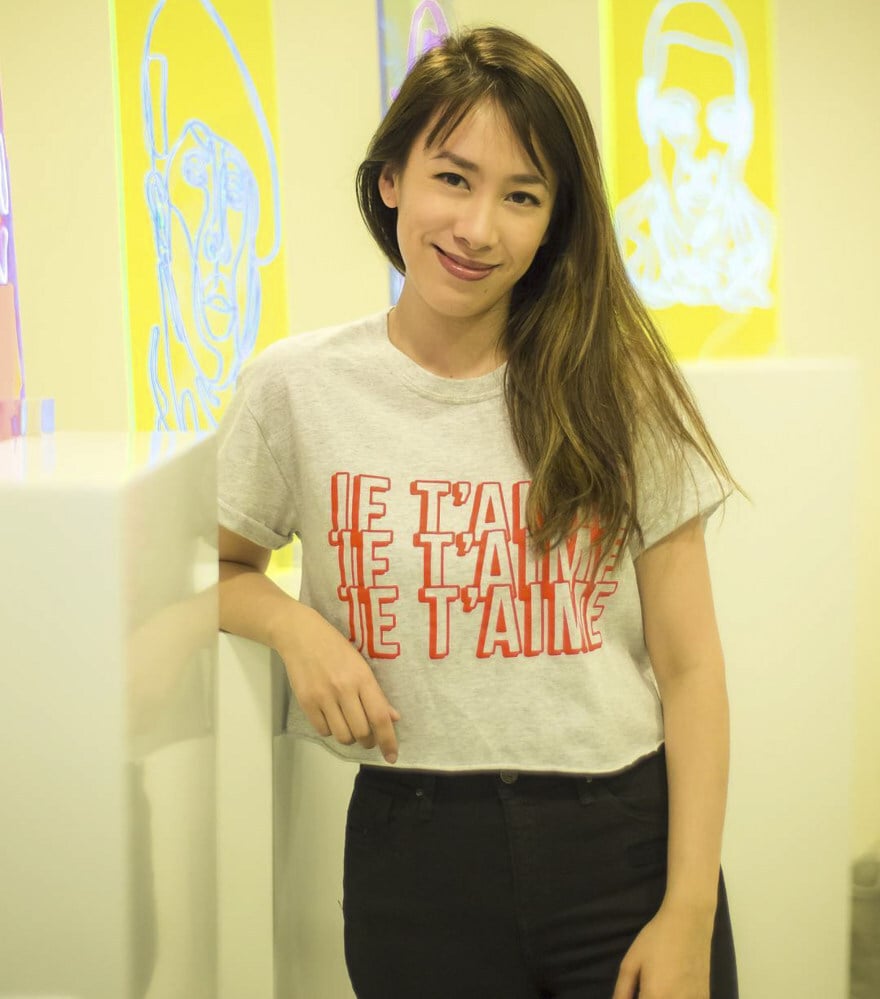
Post invites artists to mint NFTs for charity auction to help Operation Santa Claus appeal
- Non-fungible tokens – digital certificates of authenticity – have stirred up the art world. Questions remain, but there is clearly a market for them
- A Post project will see Hong Kong artists mint NFTs to be auctioned later in the year in aid of Operation Santa Claus, its annual charity appeal with RTHK
The South China Morning Post has invited a number of Hong Kong artists to create NFTs for an auction later this year in aid of Operation Santa Claus, the charity jointly run by the newspaper and RTHK since 1988.
The artists are: Evie Chan (aka Mooncasket), Ophelia Jacarini, Kwok Mang-ho (aka Frog King), Rainbow Tse Lok-yau and Natalie Wong (aka Papersneaker).
The use of NFTs - non-fungible tokens - has become an increasingly sophisticated means for artists to sell digital art (or any art) directly to collectors. When American artist Beeple sold a JPEG file for US$69 million, he drove home the point that a piece of digital art can be sold as an original (or in limited editions) simply because it has an NFT.
Before, buying digital art required trust: the artist had to promise not to sell more copies than promised. A physical element was usually added to “authenticate” the work even if it added nothing to the art.

NFTs have changed that because these digital tokens are backed by so-called blockchain technology that makes them reliable records of provenance. Artists using non-traditional media are also looking into enhanced functions such as augmented-reality NFTs.
Major issues remain. These blockchain tokens – digital contracts that are essentially un-fakeable certificates of authentication – are usually bought and sold in Ethereum, a cryptocurrency that eats up electricity.

It means that an average NFT transaction consumes as much power as a person in a developed economy does in a month. Then there is the mindless greed that has seen gazillions of dollars chasing after sexist and crass “dude art” and crudely animated cartoon stickers.
Sadly, NFTs often stand for naff art fit for the trash, and that puts a lot of serious-minded artists off the whole idea. The extreme volatility of cryptocurrencies also makes NFTs a risky asset from an investment point of view, as do questions regarding the security of specific commercial platforms.
But as mainstream adoption of crypto currencies increases, and blockchain technology is testing a greener operation model called “proof of stake”, the potential that NFTs hold for artists cannot be ignored.


We are especially excited that nearly all the participants in our project are women who are embracing technology in their creative processes. And then there’s Frog King, widely considered to be the first performance artist working in mainland China (in 1979), who will use this opportunity to mint his first NFT, which is of a performance, with help from his gallerist, Katie de Tilly.
Over the coming months, we will announce details as we navigate the fast-changing world of NFTs and decide how best to make use of them. As we approach Christmas, we will call on your generous support and invite bids for the artworks, which will hopefully bring some festive cheer to local communities in need.











